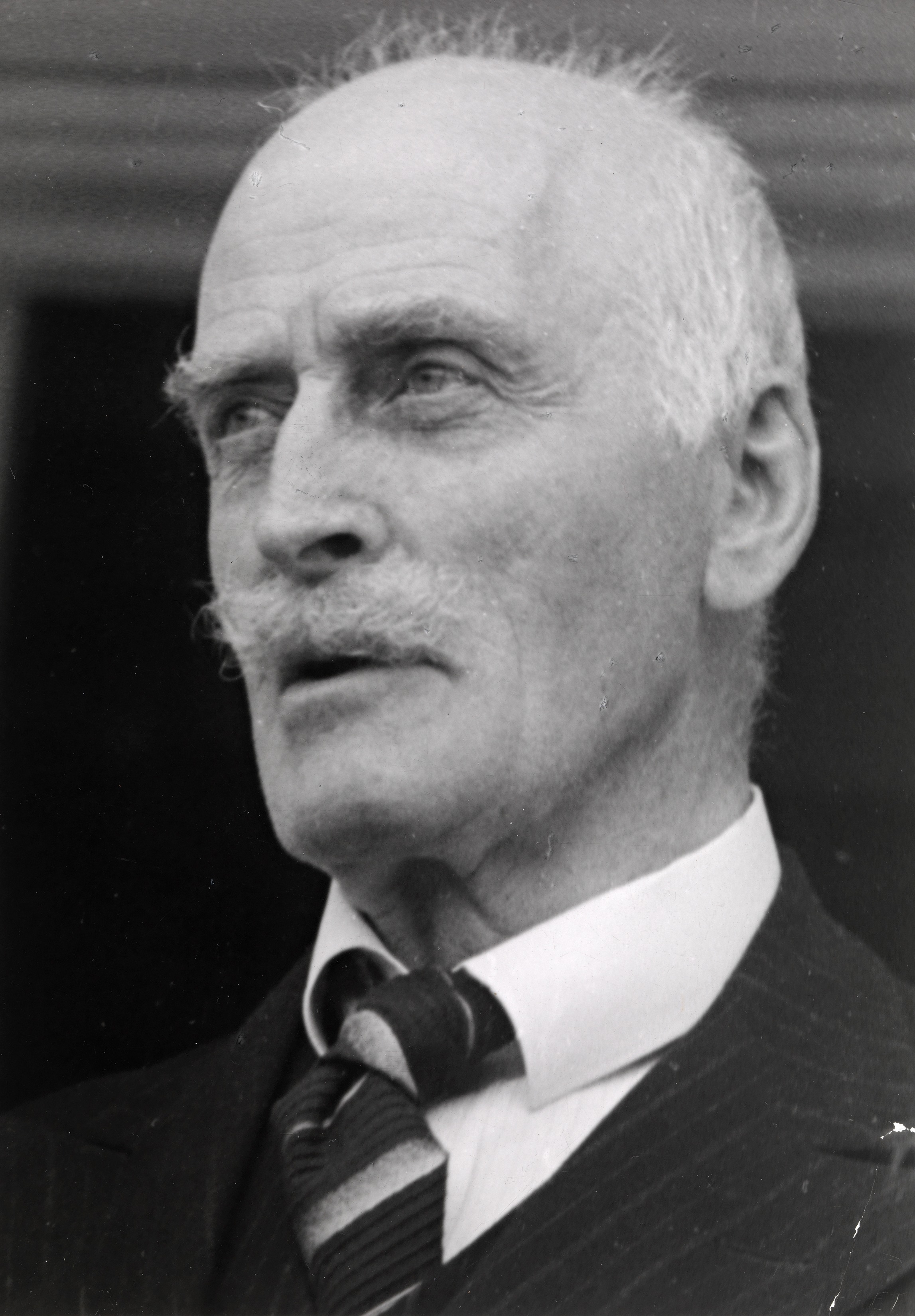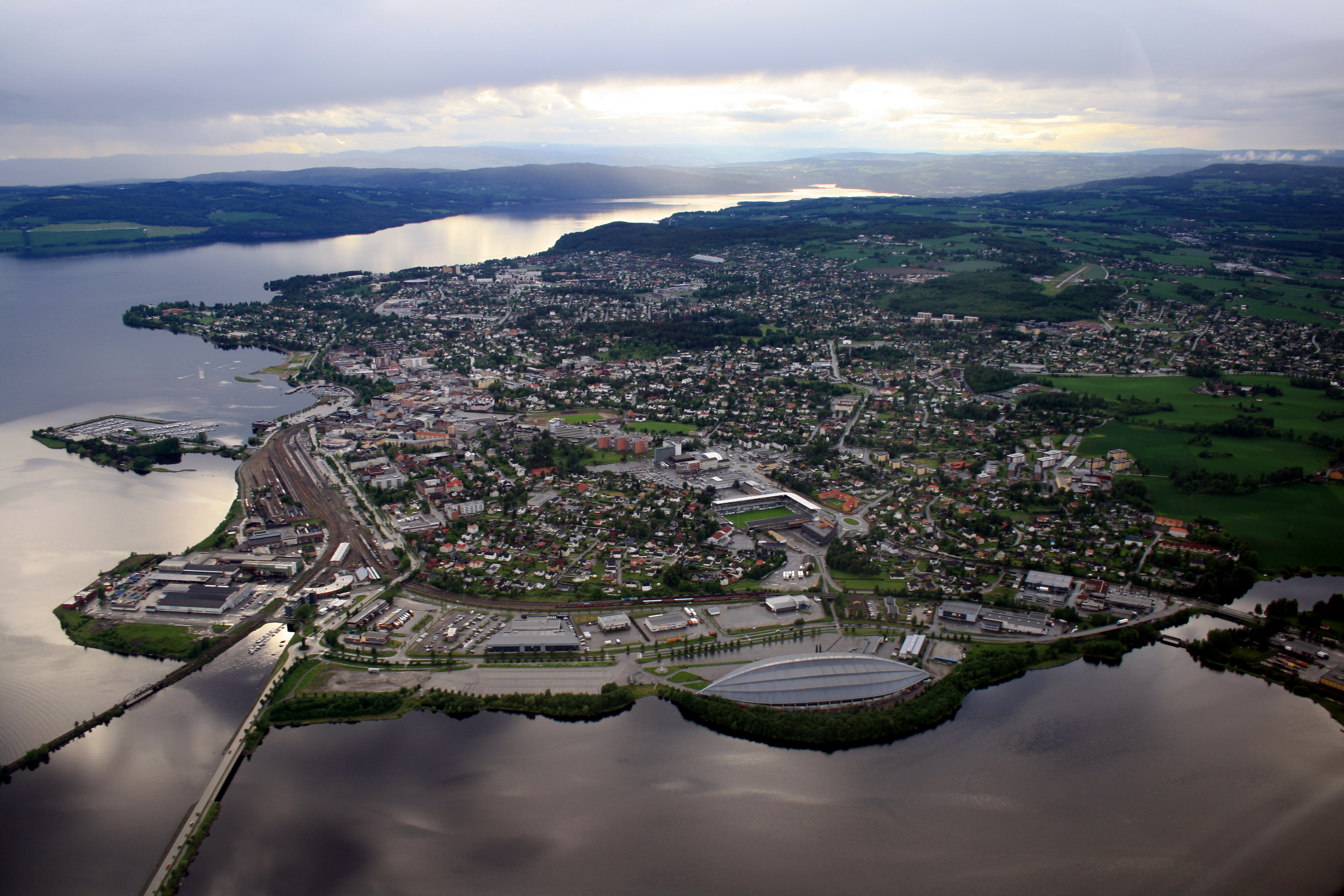|
Bøverdal
Bøverdal or Bøverdalen is a valley in Lom Municipality in Innlandet county, Norway. The long valley lies on the south side of the main Ottadalen valley. The valley begins at the Bøverbrean glacier, just west of the Smørstabbtindene mountains and it then follows the river Bøvra to the northeast to the village of Fossbergom where the valley ends and the river joins the river Otta. The Leirdalen and Visdalen valleys are side valleys that lead to the Bøverdalen valley. The valley is the dividing line between the Breheimen mountains to the northwest and the Jotunheimen mountains to the southeast. For many centuries a transportation route traversed this valley which connected Eastern Norway and Western Norway. It started at Fossbergom and then it followed the valley to the southwest before crossing the Sognefjellet mountains and then entering the Bergsdalen valley which leads into the Sogn region of Western Norway. The tall Saga Column (), was erected in Bøverd ... [...More Info...] [...Related Items...] OR: [Wikipedia] [Google] [Baidu] |
Lom, Norway
Lom is a municipality in Innlandet county, Norway. It is located in the traditional district of Gudbrandsdal. The administrative centre of the municipality is the village of Fossbergom. Another village area in Lom is Elvesæter. The municipality is the 38th largest by area out of the 356 municipalities in Norway. Lom is the 266th most populous municipality in Norway with a population of 2,212. The municipality's population density is and its population has decreased by 6.4% over the previous 10-year period. Lom is famous for its extensive history, for Lom Stave Church, one of the few remaining stave churches in Norway. Also for being located in the midst of the highest mountains in Northern Europe. General information The prestegjeld (parish) of Lom was established as a municipality on 1 January 1838 (see formannskapsdistrikt law). On 1 January 1866, the western district of Lom (population: 2,691) was separated and established as the new municipality of Skiaker. Afterw ... [...More Info...] [...Related Items...] OR: [Wikipedia] [Google] [Baidu] |
Leirdal
Leirdal or Leirdalen is a U-shaped valley in Lom Municipality in Innlandet county, Norway. The long valley lies on the south side of the larger Bøverdalen valley. The Leirdalen valley begins at the mountain Kyrkja, just north of the Høgvagltindene mountains and it then follows the river Leira to the northwest and then northeast to the village of Elvesæter where the valley ends and the river joins the river Bøvra and it becomes part of the Bøverdalen valley heading to the northeast. The valley goes into the Jotunheimen mountains and it lies just west of Galdhøpiggen Galdhøpiggen () is the highest mountain in Norway, Scandinavia, and Northern Europe. The mountain is located in Lom Municipality in Innlandet county, Norway. It is in the Jotunheimen mountains within Jotunheimen National Park. The mountain si ..., the tallest mountain in Norway. There are two tourist cabins located in the valley. The Jotunheimen Fjellstue is located about half-way into the valley and ... [...More Info...] [...Related Items...] OR: [Wikipedia] [Google] [Baidu] |
Fossbergom
Fossbergom is the administrative centre of Lom Municipality in Innlandet county, Norway. The village is located on the south shore of the river Otta, at the north end of the Bøverdal valley. The village has a population (2021) of 830 and a population density of . Fossbergom is the main population centre for the municipality and a large portion of the residents work in the tourism, commerce, and the service sectors. Geography Bøverdalen, a valley in the western part of Lom, stretches from Fossbergom to the Sogn area in Western Norway. Fossbergom is situated where the river Bøvra falls over Prestfossen waterfall into the river Otta. Transportation Fossbergom is located on a main transportation junction with roads leading to Stryn (Rv.15 Strynefjellsvegen road), Sogn (Rv. 55 Sognefjellsvegen road), and Eastern Norway. During the summer months, this is an important road junction connecting Eastern and Western Norway. The Sognefjellsvegen road is closed from October/November ... [...More Info...] [...Related Items...] OR: [Wikipedia] [Google] [Baidu] |
Elvesæter
Elvesæter is a village in Lom Municipality in Innlandet county, Norway. The village is located at the junction of the Bøverdalen and Leirdalen valleys, about southwest of the village of Fossbergom. The small village area lies in the Jotunheimen mountains, just north of Jotunheimen National Park. The village lies about north of Galdhøpiggen Galdhøpiggen () is the highest mountain in Norway, Scandinavia, and Northern Europe. The mountain is located in Lom Municipality in Innlandet county, Norway. It is in the Jotunheimen mountains within Jotunheimen National Park. The mountain si ..., the tallest mountain in Norway. The village is the site of a large hotel which was the site of the 12th World Scout Conference in 1949. References Lom, Norway Villages in Innlandet {{Innlandet-geo-stub ... [...More Info...] [...Related Items...] OR: [Wikipedia] [Google] [Baidu] |
Visdalen
Visdalen is a valley in Lom Municipality in Innlandet county, Norway. The long valley lies on the southeast side of the Bøverdalen valley. The valley begins at the mountain Kyrkja in the Jotunheimen mountains, just south of the mountain Galdhøpiggen, the tallest mountain in Norway. It then follows the river Visa to the north. At the end of the valley, the river joins the river Bøvra and the valley becomes part of the Bøverdalen valley. The inner part of the valley is located inside Jotunheimen National Park. The valley is notable because it runs in between two of Norway's tallest mountains: Galdhøpiggen and Glittertinden. There is a road that runs about two-thirds of the length of the valley, stopping at the Spiterstulen hotel, one of the largest such facilities in the Jotunheimen mountains. References Lom, Norway Valleys of Innlandet {{Innlandet-geo-stub ... [...More Info...] [...Related Items...] OR: [Wikipedia] [Google] [Baidu] |
Innlandet
Innlandet is a Counties of Norway, county in Norway. It was created on 1 January 2020 with the merger of the old counties of Oppland and Hedmark (Jevnaker Municipality and Lunner Municipality were transferred to the neighboring county of Viken (Norwegian county), Viken on the same date). The new county has an area of , making it the largest county in Norway after the division of the old Troms og Finnmark county in 2024. The region was known as Opplandene or Opplanda since the middle ages. Historically part of Akershus, Oplandene County existed from 1757 to 1781, when it was divided into Christians County and Hedemarken County, also known as Western and Eastern Oplandene. In 1919 the two counties were renamed Oppland and Hedmark, and in 2020 they were again merged under the name Innlandet (with the exception of Jevnaker Municipality and Lunner Municipality, which went to the new county of Viken (county), Viken). This present name is a newly constructed name with no historical basi ... [...More Info...] [...Related Items...] OR: [Wikipedia] [Google] [Baidu] |
Saga Column
Sagas are prose stories and histories, composed in Iceland and to a lesser extent elsewhere in Scandinavia. The most famous saga-genre is the (sagas concerning Icelanders), which feature Viking voyages, migration to Iceland, and feuds between Icelandic families. However, sagas' subject matter is diverse, including pre-Christian Scandinavian legends; saints and bishops both from Scandinavia and elsewhere; Scandinavian kings and contemporary Icelandic politics; and chivalric romances either translated from Continental European languages or composed locally. Sagas originated in the Middle Ages, but continued to be composed in the ensuing centuries. Whereas the dominant language of history-writing in medieval Europe was Latin, sagas were composed in the vernacular: Old Norse and its later descendants, primarily Icelandic. While sagas are written in prose, they share some similarities with epic poetry, and often include stanzas or whole poems in alliterative verse embedded in t ... [...More Info...] [...Related Items...] OR: [Wikipedia] [Google] [Baidu] |
Sculptor
Sculpture is the branch of the visual arts that operates in three dimensions. Sculpture is the three-dimensional art work which is physically presented in the dimensions of height, width and depth. It is one of the plastic arts. Durable sculptural processes originally used carving (the removal of material) and modelling (the addition of material, as clay), in stone, metal, ceramic art, ceramics, wood and other materials but, since Modernism, there has been almost complete freedom of materials and process. A wide variety of materials may be worked by removal such as carving, assembled by welding or modelling, or Molding (process), moulded or Casting, cast. Sculpture in stone survives far better than works of art in perishable materials, and often represents the majority of the surviving works (other than pottery) from ancient cultures, though conversely traditions of sculpture in wood may have vanished almost entirely. In addition, most ancient sculpture was painted, which h ... [...More Info...] [...Related Items...] OR: [Wikipedia] [Google] [Baidu] |
Norwegian Constitution
The 'Constitution of Norway'' (complete name: The Constitution of the Kingdom of Norway; Danish: ; Norwegian Bokmål: ; Norwegian Nynorsk: ) was adopted on 16 May and signed on 17 May 1814 by the Norwegian Constituent Assembly at Eidsvoll. The latter date is the National Day of Norway; it marks the establishment of the constitution. It is the fourth oldest written single-document national constitution in Europe after the Constitution of Poland, the French constitution of 1791, and the Spanish Constitution of 1812. The document is also the second oldest working national constitution in the world, after the Constitution of the United States. In May 2014, the Storting passed the most substantial changes since 1814, particularly by including paragraphs on human rights. History Writing the constitution Until 1814, Norway was part of the Kingdom of Denmark–Norway. Following the defeat of Napoleon's troops at the Battle of Leipzig in October 1813, the Treaty of Kiel of J ... [...More Info...] [...Related Items...] OR: [Wikipedia] [Google] [Baidu] |
Oslo
Oslo ( or ; ) is the capital and most populous city of Norway. It constitutes both a county and a municipality. The municipality of Oslo had a population of in 2022, while the city's greater urban area had a population of 1,064,235 in 2022, and the metropolitan area had an estimated population of in 2021. During the Viking Age, the area was part of Viken. Oslo was founded as a city at the end of the Viking Age in 1040 under the name Ánslo, and established as a ''kaupstad'' or trading place in 1048 by Harald Hardrada. The city was elevated to a bishopric in 1070 and a capital under Haakon V of Norway around the year 1300. Personal unions with Denmark from 1397 to 1523 and again from 1536 to 1814 reduced its influence. After being destroyed by a fire in 1624, during the reign of King Christian IV, a new city was built closer to Akershus Fortress and named Christiania in honour of the king. It became a municipality ('' formannskapsdistrikt'') on 1 January 1838. ... [...More Info...] [...Related Items...] OR: [Wikipedia] [Google] [Baidu] |
Norwegian Parliament
The Storting ( ; ) is the supreme legislature of Norway, established in 1814 by the Constitution of Norway. It is located in Oslo. The unicameral parliament has 169 members and is elected every four years based on party-list proportional representation in nineteen multi-seat constituencies. A member of the Storting is known in Norwegian as a ''stortingsrepresentant'', literally "Storting representative". The assembly is led by a president and, since 2009, five vice presidents: the presidium. The members are allocated to twelve standing committees as well as four procedural committees. Three ombudsmen are directly subordinate to parliament: the Parliamentary Intelligence Oversight Committee and the Office of the Auditor General. Parliamentarianism was established in 1884, with the Storting operating a form of "qualified unicameralism", in which it divided its membership into two internal chambers making Norway a de facto bicameral parliament, the Lagting and the Odelsting ... [...More Info...] [...Related Items...] OR: [Wikipedia] [Google] [Baidu] |






